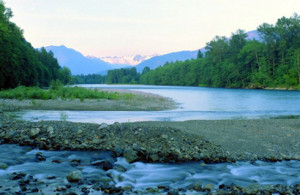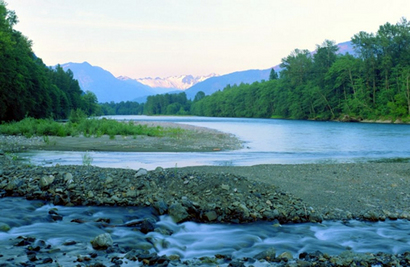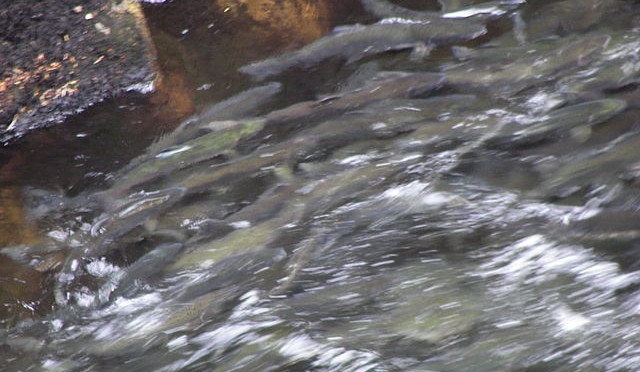 Skagit County Planning Department issues its first residential building permit with rainwater collection as sole source of water.
Skagit County Planning Department issues its first residential building permit with rainwater collection as sole source of water.
Property owners affected by the in stream flow rule in the Skagit Valley river basin now have a viable solution for residential development of their properties.
Last week, Skagit County Health Department issued a “water availability” based on rainwater collection, allowing construction of a single family residence using rainwater as the sole source of water.
The system design collects rainwater from the roof, which is pre-screened and conveyed to 10,000 gallons of storage adjacent to the house. The water is pressurized, then filtrated using sediment and carbon filters and disinfected by ultraviolet light for whole house, potable use. With an average annual rainfall of 33.2 ” and 3,500 sq. ft. of roof, 72,392 gallons are available for collection. After household use. the water is returned to the soil through the septic system and leach field just like a well system with no ill effects on the in stream flow rates.
Simple, routine maintenance conducted by the homeowner will supply this 3 bedroom, five occupant home with a safe, reliable, clean source of potable water while benefitting “in stream flow” and salmon habitat.



